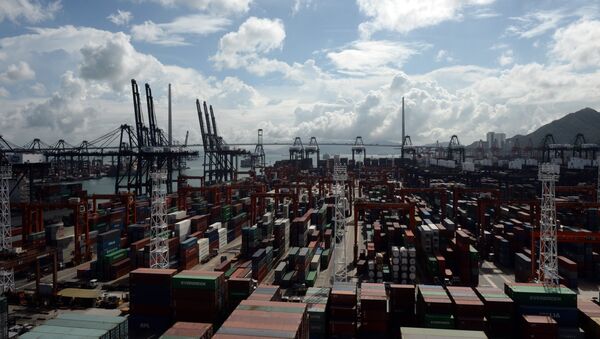Over the past 10 years, Chinese ports outperformed other global harbors in terms of cargo traffic. In 2003, the global top 10 ranking included Shanghai, Hong Kong and Guangzhou. In 2014, six Chinese harbors were included in the ranking, with a total cargo volume of 2.86 billion tons.
Particularly, Shanghai was ranked first, with a cargo volume of 678 million tons, and toppled Singapore from the first place. Among other leaders are Singapore, Port Hedland (Australia), Rotterdam (Netherlands), and Busan (South Korea).
American ports like South Louisiana and Houston were excluded from the top 10. Previously, they were ranked fifth and sixth relatively.
Experts say that the current ranking is logical, taking into account the fact that China is often described as the "world's factory." Over the past 12 years, the majority of manufacturers across the globe have moved production lines to China, especially the production of clothes and consumer electronics.
Those categories of goods are now leading in container traffic volumes in Chinese ports.
At the same time, cabotage (transportation of goods within one country) accounts for nearly 60 percent of the total cargo traffic in China. In 2013, China became the world’s leader in exports, with a foreign trade volume of over $4 trillion.
China has also invested a lot into the European port infrastructure, under the initiative of the New Silk Road.
In 2003-2014, the total cargo volume of the world’s 25 largest ports rose from 4.2 billion to 6.7 billion tons, by 66 percent, which corresponded to the overall growth in global trade. Rapid growth in the Chinese economy, especially in the construction industry, turned China into the world’s leading exporter of coal. In addition, China became one of the world’s biggest consumers of iron ore.






